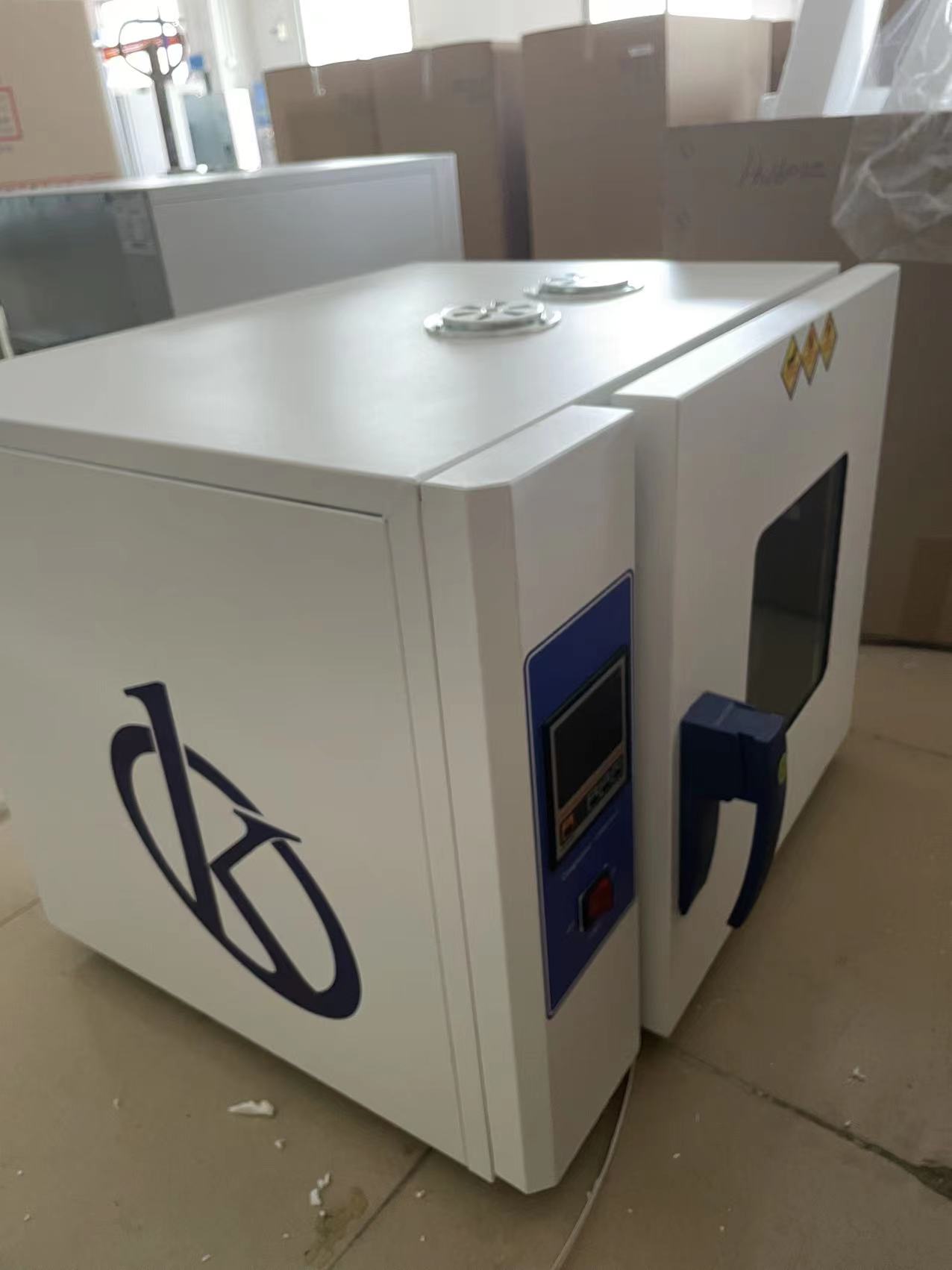Electroplating is an industrial process used to treat various metal surfaces. These surfaces are subjected to a thin coating of zinc and nickel, creating a resistant coating that facilitates corrosion resistance. Once the coating is applied, the material is subjected to a drying process to ensure that all adherent particles are well fixed to the metal. This is critical to maintain the coating’s resistance to corrosion, which prevents damage from time or exposure to certain conditions.
The drying process is an important part of electroplating and is responsible for ensuring that the materials do not exhibit corrosion problems. The industrial ovens is used in this process to speed up the process and prevent damage to the material subjected to electroplating. This ovens is generally compact and portable, allowing its use in various projects. The use of the ovens is ideal, as it produces a uniform heat around the object, at a preset temperature and time.
How do ovens heat objects?
Industrial ovensuse the principle of natural convection to heat materials subjected to electroplating. This convection is achieved thanks to the fans located in the base of the ovens. This produces a constant flow of warm air, even if these fans are not holding a voltage. The heating elements of the ovensare generally heated with electricity, but certain ovensalso accept fuel for the heating process.
Materials subjected to electroplating are placed on the ovens, where they are heated for a specified period of time and at a temperature according to the characteristics of the product. The temperature is kept constant at a level suitable for the drying process, avoiding damage by excessive heat. The depth and speed of the drying process will depend on the thickness of the coating and the temperature at which it was applied.
During the drying process, electroplated products undergo centrifugation to mix and highlight excess products, impurities and moisture. This allows the products to stay clean and present a good quality coating and a professional appearance. Therefore, the drying process is key for the coating placed by electrodeposition on the object to fulfill the desired functions.
What is the importance of drying the materials subjected to electroplating?
At the end of the drying process, the products are placed in specially designed boxes to separate the materials. These boxes contain an absorbent element specially designed to collect excess moisture, keeping the product at appropriate temperatures. The products are then subjected to final degreasing to clean any traces of particles before being shipped to the customer.
Industrial ovens for drying electroplated materials are an essential part of the process. These ovens are commonly portable, allowing their use in numerous projects. Its operation is based on the principle of natural convection, achieving a suitable temperature for the drying process. In addition, the materials subjected to electroplating undergo centrifugation before receiving a final degreasing, ensuring the delivery of good quality and an excellent appearance.
The application of these procedures ensures that the coating remains corrosion resistant, protecting the product and its quality over time. As a strategy to protect metals, it increases the useful life of metals, reducing maintenance and replacement requirements, which undoubtedly decreases costs. In this sense, the application of drying to materials subjected to electroplating is essential.
Advantages of Kalstein industrial ovens
Kalstein have several advantages that derive from an intelligent and innovative design in each of its parts and the materials used in its elaboration. The equipment on sale, in addition to its excellent price, are made of stainless steel, temperature controlled with a microprocessor and a time control. These ovens can reach a temperature of 250 degrees Celsius quickly and with uniform heating. The purchase of these ovens and any other inquiries you wish to make, you can do it through our web pages HERE and HERE.

